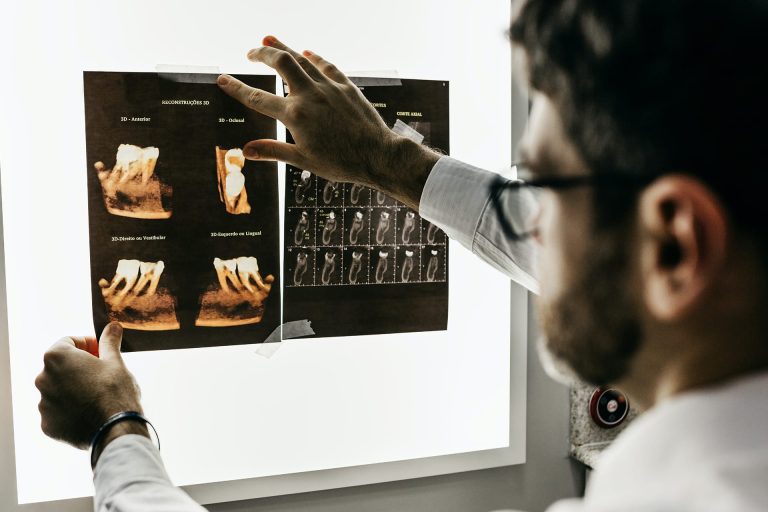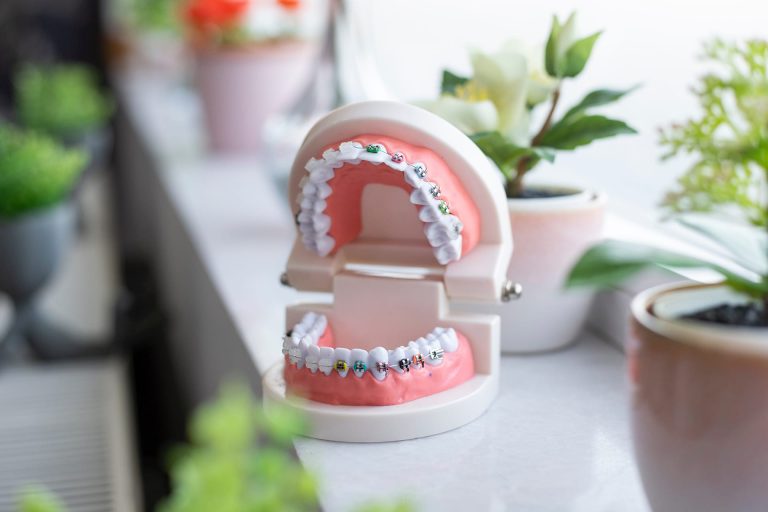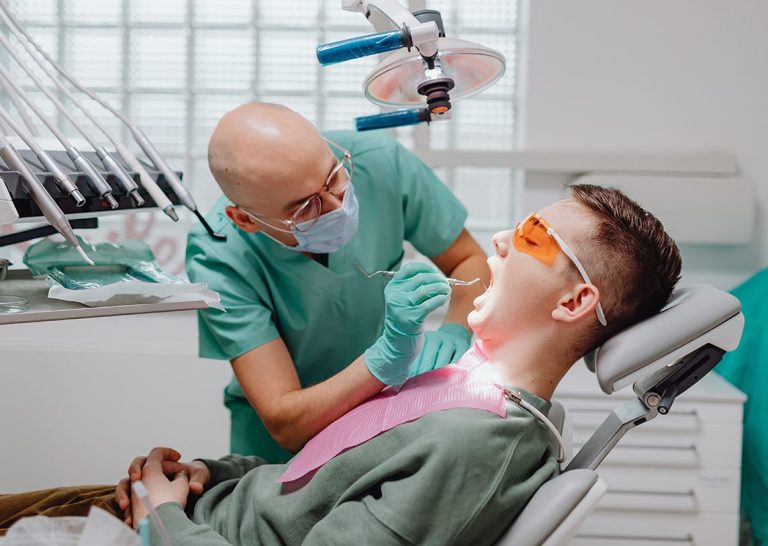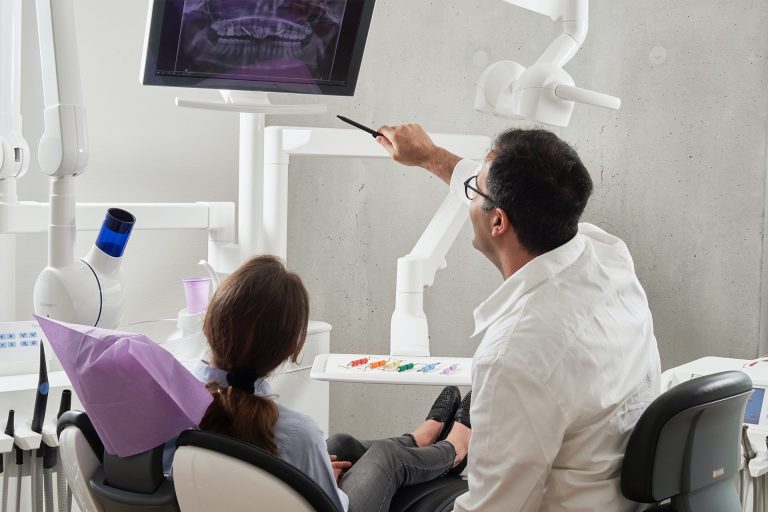Introduction: Ever found yourself in that sticky situation where you’re unsure whether to pull your tooth or save it? We’ve all been there. As you grapple with the discomfort and uncertainty, it’s essential to arm yourself with accurate information to make the best decision for your oral health. That’s why we’ve taken the time to explore this common dental dilemma, offering you insights grounded in professional experience and knowledge.
Snippet: Deciding whether to pull or save a tooth hinges on numerous factors, such as the severity of decay, your overall oral health, and the tooth’s impact on surrounding teeth. Consultation with a dental professional is crucial for a decision that best suits your unique circumstances.
H2: Understanding The Basics
Before delving into the intricacies of dental health, it’s crucial to grasp the fundamental concepts. By comprehending these key elements, you can make informed decisions about your oral health. Let’s explore the basics of tooth extraction, why it’s sometimes necessary to save a tooth, and the overall importance of maintaining dental health.
H3: What is Tooth Extraction?
Tooth extraction is a dental procedure that involves removing a tooth from its socket in the bone. It’s a common treatment employed when a tooth is damaged beyond repair, either from decay or trauma. Extraction is typically a last resort, employed when other restorative methods such as fillings, crowns, or root canals are deemed unsuitable or ineffective.
While tooth extraction may sound daunting, it is a standard procedure carried out by dental professionals under local anaesthesia, ensuring minimal discomfort to the patient. However, it’s not a decision to be taken lightly as it can have long-term implications on your dental health and overall oral functionality.
H3: What Does it Mean to Save a Tooth?
Saving a tooth refers to the process of preserving a natural tooth that is at risk of being lost. This could be due to injury, disease, or decay. The aim is to restore the tooth to its original function while maintaining its aesthetics, without resorting to extraction.
Dental techniques employed to save a tooth include root canal treatment, crowns, fillings, or periodontal therapy. The chosen method depends on the severity of the damage and the overall condition of the tooth. Saving a tooth, when possible, is always preferable to extraction, as it maintains the natural structure of your mouth, keeps your bite functional, and prevents complications that can arise from missing teeth.
H3: The Importance of Dental Health
Overall, dental health is more than just a bright smile. It is an integral part of your overall health and wellbeing. Poor dental health can lead to a host of problems, including pain, infection, and even systemic health issues like heart disease and diabetes.
Maintaining good dental health involves regular brushing and flossing, balanced nutrition, and regular visits to the dentist. Preventative care is crucial in detecting early signs of dental problems and addressing them before they escalate.
In essence, understanding the basics of tooth extraction, the process of saving a tooth, and the overall importance of dental health enables you to make informed decisions about your oral health. Remember, a healthy mouth is a gateway to a healthy body.
H2: To Pull or to Save: A Detailed Comparison
When it comes to your oral health, the decision to pull or save a tooth is a significant one. This comprehensive comparison will provide you with a clear understanding of the processes, costs, and long-term implications associated with each choice.
H3: The Process of Tooth Extraction
H4: Preparing for the Extraction
The first step in tooth extraction is the preparation. Your dentist will take a series of X-rays to understand the position of the tooth roots and the condition of the surrounding bone. Additionally, they will review your medical history, checking for any conditions or medications that might affect the extraction process.
H4: The Procedure
The extraction procedure begins with an injection of local anesthetic to numb the area around the tooth. Once the area is numb, your dentist will use an instrument known as an elevator to loosen the tooth, and then extract it using forceps.
H4: Post-Extraction Care and Recovery
After the extraction, you will need to bite on a piece of gauze to help control the bleeding. It’s essential to avoid activities that might disrupt the healing process, such as smoking or vigorous rinsing. Recovery typically takes a few days, and it’s crucial to follow your dentist’s instructions regarding care and eating habits.
H3: The Process of Saving a Tooth
H4: Root Canal Treatment
Root canal treatment involves the removal of the infected or inflamed pulp within the tooth. After the pulp is removed, the inside of the tooth is cleaned and sealed. This procedure aims to save and restore the tooth instead of removing it.
H4: Dental Crowns
A dental crown is a tooth-shaped cap that is placed over the tooth to restore its shape, size, and strength. It’s often used when the tooth structure is weakened and needs reinforcement.
H4: Dental Fillings
Dental fillings are used to restore the function and integrity of a tooth affected by decay. The dentist will remove the decayed tooth material, clean the area, and then fill the cavity with a filling material.
H3: Comparing the Costs
The cost of tooth extraction generally ranges from $75 to $450 per tooth, while root canal treatment costs from $500 to $1,000 per tooth. Dental crowns and fillings can cost from $100 to $1,500, depending on the material used and the complexity of the procedure.
H3: Evaluating the Pain and Discomfort
While both extraction and saving a tooth involve some degree of pain and discomfort, modern dental procedures and anesthetics can minimize these sensations effectively.
H3: Long-Term Implications
H4: The Impact on Oral Health
Saving a tooth can help maintain the natural structure of your jaw and prevent other teeth from shifting. However, a failed root canal or recurrent infections might require further treatments. On the other hand, tooth extraction might lead to bone loss in the jaw if not replaced with an implant or bridge.
H4: The Impact on Aesthetics
Saving a tooth maintains the natural appearance of your smile, whereas an extraction might leave a noticeable gap. However, options like dental implants and bridges can help restore the aesthetics after extraction.
Overall, the choice between pulling and saving a tooth depends on a variety of factors, including the tooth’s condition, your overall health, cost considerations, and personal preference. It’s essential to consult with a dental professional to make an informed decision about your oral health.
H2: Factors to Consider in Your Decision
When faced with a dental decision, it is essential to consider several factors. These include assessing the condition of the tooth in question, understanding your personal dental health, considering your budget, and weighing the pros and cons of your options.
H3: Assessing the Condition of the Tooth
One of the primary factors in your decision should be the condition of the tooth itself. Dental issues can range from minor cavities to severe decay and damage. Your dentist will provide a thorough examination and diagnosis, but it’s also crucial for you to understand the condition. Are you experiencing pain or discomfort? Is the tooth visually damaged or decayed? The severity of the tooth’s condition will significantly influence your treatment options. For instance, a minor cavity may simply require a filling, while a severely damaged tooth might necessitate extraction and replacement.
H3: Understanding Your Personal Dental Health
Your overall dental health is another critical element to consider. Do you generally have healthy teeth and gums, or do you often struggle with dental issues? If you have a history of dental problems, you may need to be more proactive in treating issues to prevent further complications. Your dentist can provide insight into your dental health status, but it’s also essential for you to be mindful of your habits such as your oral hygiene routine, diet, and lifestyle factors that can impact your dental health.
H3: Considering Your Budget
Budget is often a significant factor in dental decisions. Dental procedures can be costly, particularly if they are complex or require specialist intervention. Understand your insurance coverage, the potential costs of different treatments, and any financing options that might be available to you. While cost should not be the sole determining factor in your decision, it’s realistic to consider it as part of the equation.
H3: Weighing the Pros and Cons
Finally, it’s essential to weigh the pros and cons of each option. This involves understanding the long-term implications, recovery process, potential complications, and the expected outcome of each treatment. This process will help you make an informed decision that aligns with your personal and dental health goals.
Overall, making a dental decision involves careful consideration of several factors. By assessing the condition of your tooth, understanding your personal dental health, considering your budget, and weighing the pros and cons of your options, you can make a decision that best suits your unique needs. Remember, it’s always wise to discuss these factors with your dentist, who can provide professional advice and guidance in your decision-making process.
H2: Expert Opinions: Dentists Weigh In
When it comes to oral health, the opinions of experts in the field are crucial. Dentists, as the primary professionals dealing with dental health, have a wealth of knowledge and experience to share. Two key issues that often arise in dental discussions are tooth extraction and tooth preservation. Let’s explore these topics further.
H3: The Case for Tooth Extraction
There are several instances when tooth extraction becomes a necessary procedure. Some dentists argue that extraction is the best option in cases of severe tooth decay, an overcrowded mouth, or if an infection has spread to the point where antibiotics are ineffective.
Tooth extraction can offer immediate relief from severe pain and discomfort. Moreover, it can prevent the spread of infection to other parts of the mouth. In certain situations, like impacted wisdom teeth, extraction can prevent future issues such as misalignment or damage to other teeth.
However, it’s worth noting that tooth extraction is generally considered a last resort. It’s a procedure that requires anesthetic and can involve post-operative discomfort and a recovery period. Additionally, unless replaced with an artificial tooth, an extraction can lead to difficulties with chewing and can affect the aesthetic appearance of your smile.
H3: The Case for Saving the Tooth
On the other side of the spectrum, many dentists argue fervently for saving the tooth whenever possible. Preserving a natural tooth maintains the integrity of your dental structure, including the jawbone. It also avoids the need for a replacement tooth, which can be costly and involve complex procedures.
Often, procedures such as root canals, crowns, or fillings can save a tooth even when it’s severely decayed or damaged. These procedures aim to remove the damaged or diseased part of the tooth, restore its function, and prevent further decay or damage. They can be effective solutions, especially if the problem is detected and treated early.
Moreover, saving a tooth can have positive psychological benefits. Many people feel more confident with their natural teeth, and preserving them can contribute to a greater sense of well-being and self-esteem.
Overall, the decision between tooth extraction and saving the tooth depends on several factors, including the specific condition of the tooth, the patient’s overall health, their personal preferences, and of course, the professional opinion of the dentist. Each case is unique and requires a tailored approach, so it’s essential to consult with a professional to understand the best course of action for your dental health.
H2: Frequently Asked Questions
When it comes to dental procedures, several questions often arise. Here, we will delve into the most frequently asked questions and provide knowledgeable and unbiased answers.
H3: Is Tooth Extraction Painful?
One of the most common questions asked by patients is whether or not tooth extraction is painful. The answer is, it doesn’t have to be. Modern dentistry employs a variety of anesthetic options to ensure that you experience minimal discomfort during the procedure. In fact, the discomfort is often no more than a slight pressure.
However, it’s important to note that post-extraction, you may experience some discomfort as the anesthesia wears off. This is typically managed with over-the-counter pain relievers or prescribed medications. Overall, while the prospect of extraction might seem daunting, rest assured that dentists take every measure to keep the process as painless as possible.
H3: Is Saving a Tooth Always Possible?
There is a popular adage in dentistry: “Every tooth is an organ worth saving.” However, is it always possible to save a tooth? Well, the answer is nuanced. Depending on the severity and location of the tooth damage, your dentist will strive to save your natural tooth using treatments like fillings, root canals, or crowns.
Nonetheless, in certain scenarios, extraction might be the only viable option. This is usually the case when the tooth is extensively damaged, or there’s a severe infection that risks spreading to other teeth. In such cases, removing the tooth can prevent further complications and provide the best outcome for your oral health.
H3: Will my Insurance Cover the Costs?
This is a crucial question for many patients. The extent to which your dental procedure will be covered by insurance largely depends on your specific policy. Dental insurance plans vary widely, and coverage depends on factors such as the type of procedure, its necessity, and the specifics of your insurance plan.
For instance, many insurance plans cover preventative and basic treatments, like cleanings and fillings. However, they might only partially cover more complex procedures like root canals or extractions. It’s always recommended to discuss your insurance coverage with your dentist and insurance provider beforehand to avoid any unexpected costs.
Overall, it’s vital to remember that dental procedures, whether they are extractions, fillings, or root canals, are not one-size-fits-all. Each procedure is tailored to meet your unique needs, and the same goes for insurance coverage. Be proactive in understanding your insurance plan, and don’t hesitate to ask your dentist any questions you may have. After all, your oral health is an investment in your overall wellbeing.
H2: Conclusion
At the end of the day, the choice between pulling your tooth or saving it is a deeply personal one. You have been armed with the knowledge to make a well-informed decision that respects your oral health and overall well-being. Remember, your unique dental journey is important, and you deserve a solution that aligns with your comfort, health, and aesthetic goals.
Key-takeaways:
– Navigating the decision between tooth extraction and saving a tooth depends on several factors, including the severity of decay, overall oral health, and the tooth’s impact on surrounding teeth.
– Understanding the basics of tooth extraction and the process of saving a tooth plays a vital role in making informed oral health decisions.
– The choice between pulling and saving a tooth involves a detailed comparison of the processes, costs, and long-term implications.
– Making a dental decision involves careful consideration of several factors such as the condition of the tooth, personal dental health, budget, and weighing the pros and cons of the options.
– The viewpoints of dental professionals and understanding common questions around dental procedures can provide further insights and guidance in making the best decision for your oral health.
Meta description: Torn between pulling your tooth or saving it? Discover which option is best for your unique dental health, ensuring you make an informed decision.






